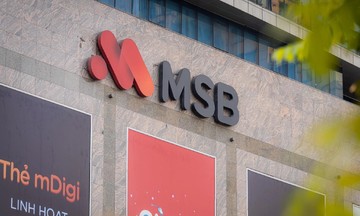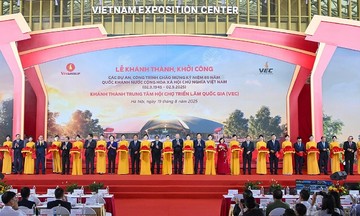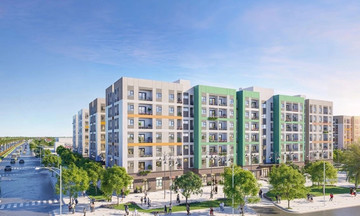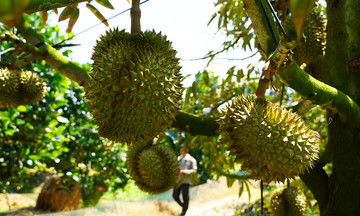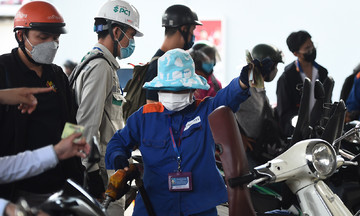This "quick-win solution" for testing the net-zero industrial park (NZIP) model in Ho Chi Minh City was proposed by Trang Nguyen, International Program and Partnerships Director at Climateworks Centre, at a workshop on 29/7.
Climateworks, a sustainable development policy research center affiliated with Monash University (Australia), is collaborating with the Ho Chi Minh City Institute for Development Studies (HIDS) to advise on the roadmap for transitioning key industrial parks to NZIPs.
While eco-industrial parks and green industrial parks aim for a circular economy and emissions reductions to varying degrees, NZIPs strive for net-zero emissions, meaning a balance between total greenhouse gas (GHG) emissions and the amount removed.
"Ho Chi Minh City has clear opportunities to pilot the NZIP model through quick solutions such as expanding the application of renewable energy and electrification to reduce emissions in key sectors like steel, textiles, and plastics," Nguyen said.
 |
Trang Nguyen, International Program and Partnerships Director at Climateworks Centre, at the workshop on 29/7. Photo: Organizing Committee |
Trang Nguyen, International Program and Partnerships Director at Climateworks Centre, at the workshop on 29/7. Photo: Organizing Committee
Nguyen's recommendation follows Climateworks' analysis of five key industrial parks in the former Ho Chi Minh City area: Saigon Hi-Tech Park (SHTP), Tan Thuan Export Processing Zone, and Hiep Phuoc, Tan Tao, and Dong Nam industrial parks. These five parks account for 70% of total electricity consumption among key energy-using enterprises (KEUs) in the former Ho Chi Minh City area (300,000 tonnes of oil equivalent) and emit 770,000 tonnes of CO2 equivalent (tCO2e) annually.
The proposal suggests that the steel industry in Hiep Phuoc and Tan Thuan has the potential to electrify rolling, heat treating, and shaping processes; upgrade furnace efficiency; and procure green crude steel. These parks could consider electric arc furnace (EAF) or direct reduction iron (DRI) technologies using renewable energy or hydrogen.
The plastics industry in Tan Thuan and Tan Tao could electrify extrusion and injection molding processes and invest in mechanical and chemical recycling infrastructure. Textile enterprises in Tan Tao and Dong Nam are advised to purchase 100% renewable electricity, utilize solar thermal energy and electric boilers for dyeing and finishing processes, and employ circular materials and water reuse.
Piloting green initiatives in these three industries is considered crucial, given the EU's Carbon Border Adjustment Mechanism (CBAM), effective from 2026, which will affect 27% of Vietnam's steel exports. Meanwhile, demand for sustainable textiles, bioplastics, and recycled materials is increasing.
| Industrial Park | Main Production Sector | Total Energy (TOE) | Total Emissions (tCO2e) |
| SHTP | Semiconductors, electronics manufacturing services (EMS), chemicals | 102,705 | 262,925 |
| Dong Nam | Solar panels, garments, packaging | 63,246 | 161,910 |
| Tan Thuan | Electronics, automobiles, telecommunications, electrical equipment | 46,759 | 119,703 |
| Hiep Phuoc | Cement, steel, paper, vegetable oil | 45,497 | 116,472 |
| Tan Tao | Footwear, plastics, metals | 42,295 | 108,275 |
| Total | 300,502 | 769,285 |
(Source: Climateworks)
In the short term, by 2030, Climateworks proposes these parks install rooftop solar power, measurement, reporting, and verification (MRV) systems, and pilot circular economy initiatives. The organization also recommends establishing a dedicated coordinating group to drive industrial transformation at the city level, ensuring the integration of energy solutions with green skills training and the promotion of green exports and investment.
Climateworks acknowledges that financing is a barrier to piloting NZIPs. For instance, the initial investment costs for near-zero emissions technologies like hydrogen-based DRI remain high. Transition costs in the plastics industry are also substantial, especially when replacing virgin plastic. These industries also face limited inputs, such as the domestic supply of green steel and a weak plastic sorting and recycling system.
Pham Binh An, Deputy Director of HIDS, agreed that transitioning to a sustainable industrial park model is an inevitable trend in the context of the global economy and climate change. However, additional financial support policies are needed. "Green transition is expensive, but accessing green finance is still very difficult," he said.
HIDS recommends that, in addition to mobilizing international cooperation resources, Ho Chi Minh City should support businesses in their transition by granting access to subsidized loans from the Ho Chi Minh City Finance and Investment State-owned Company (HFIC).
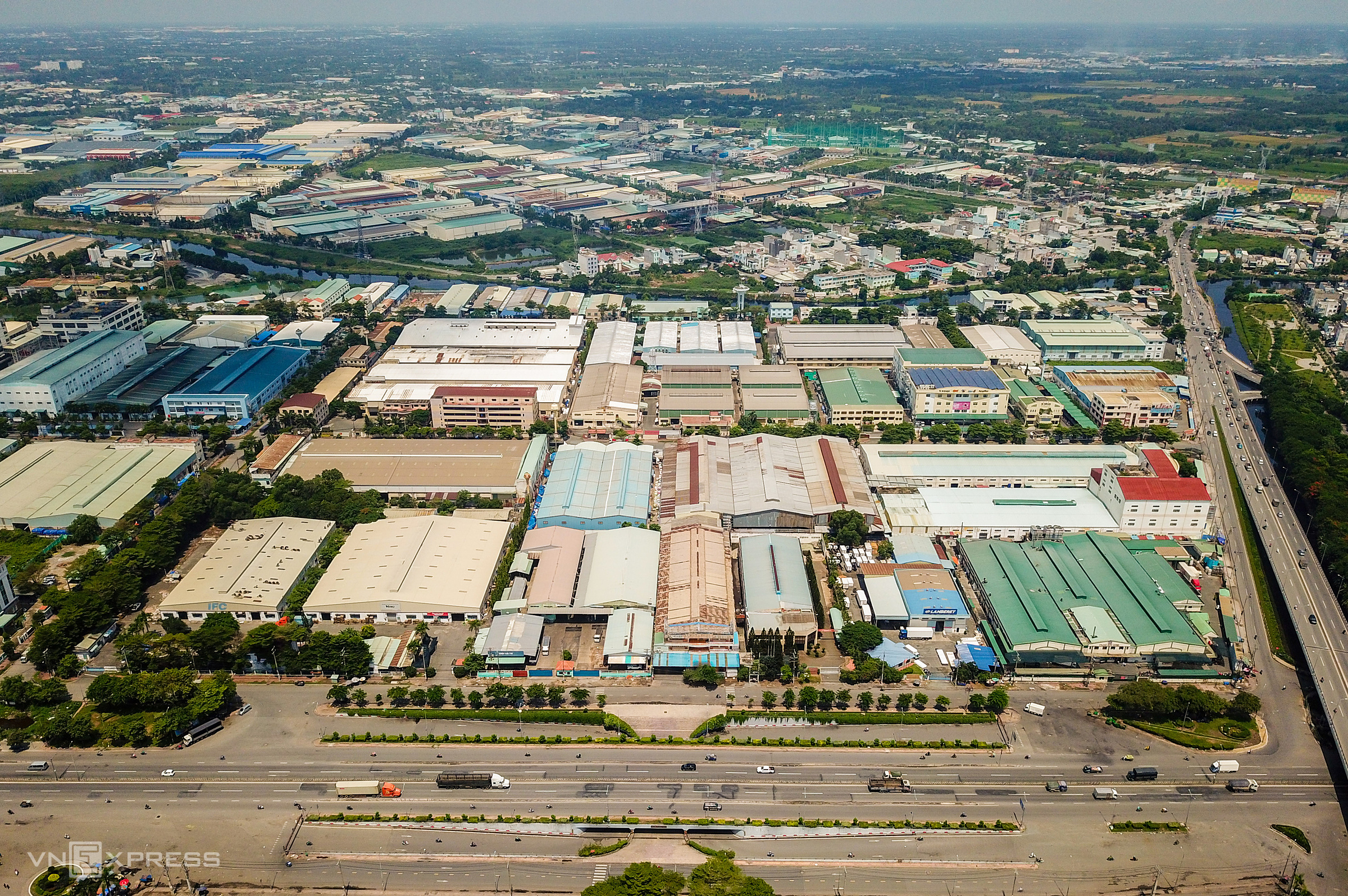 |
A view of Tan Tao Industrial Park in Ho Chi Minh City, 2020. Photo: Quynh Tran |
A view of Tan Tao Industrial Park in Ho Chi Minh City, 2020. Photo: Quynh Tran
Ho Chi Minh City has 61 industrial and export processing zones. According to pre-merger data, the industrial sector's emissions contribution to the total emissions of the former Ho Chi Minh City, Binh Duong, and Ba Ria-Vung Tau were 27%, 64%, and 58-58.5%, respectively.
The former Ho Chi Minh City had a plan for a pilot green transition in five industrial parks. Recent surveys and studies indicate that finance, along with awareness and human resources, are the main challenges in this transition.
For example, SHTP aims to achieve Net Zero by 2045, transitioning into a dual (green and digital) science park. A recent survey found that 40% of businesses in SHTP have not yet committed to net-zero emissions reductions. Twenty percent have made commitments but without specific plans, another 20% have commitments with roadmaps, and 28.7% have not received any consulting or support for the dual transition.
Vien Thong




